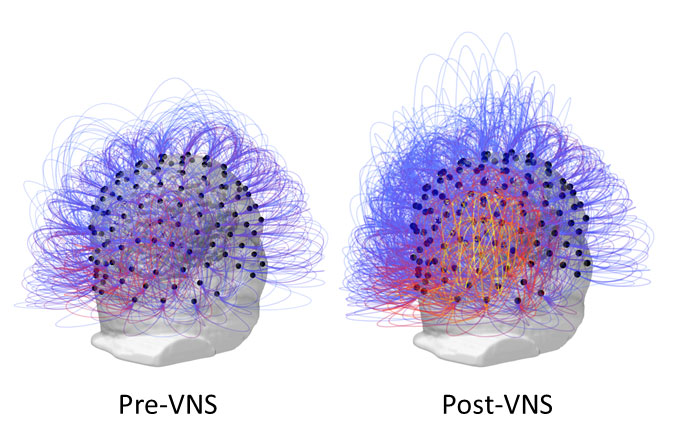A car crash victim left in a coma for 15 years has shown signs of life after a nerve stimulator was implanted into his chest by neurosurgeons.
Some patients do recover spontaneously from vegetative states. This usually depends on the degree of damage in the brain. After more than a year of unresponsive behaviour, the chance of spontaneous recovery become very low.
After the implant, the patient’s attention, movement and brain activity improved significantly. He regained the ability to follow an object with his eyes and turn his head when asked to. He was also said to be better able to stay awake when he was being read to, his mother reported. Although he has not regained full consciousness, he has regained minimal awareness of his surroundings.
Vagus nerve implants are usually used to treat epilepsy and depression. Vagus stimulation tends to increase metabolism in the forebrain, which is crucial for consciousness.
One month’s stimulation with the device was sufficient to boost the patient’s brain activity. Electroencephalogram (EEG) data showed that the brain regions involved in movement, sensation and awareness all improved, as well as brain connectivity between regions.
“It is possible to improve a patient’s presence in the world,” said study author Angela Sirigu, of the Marc Jeannerod Institute of Cognitive Sciences in Lyon, France.
The researchers chose to test the treatment on a patient in a particularly persistent vegetative state to make as sure as possible that any return to consciousness wasn’t by chance.
The team next plans to test whether the vagus nerve implant could help restore consciousness in other patients in a vegetative state. They will be conducting a large scale clinical trial with vagus nerve stimulators on patients in a vegetative or minimally conscious state.
“Brain plasticity and brain repair are still possible even when hope seems to have vanished,” Sirigu concluded.















